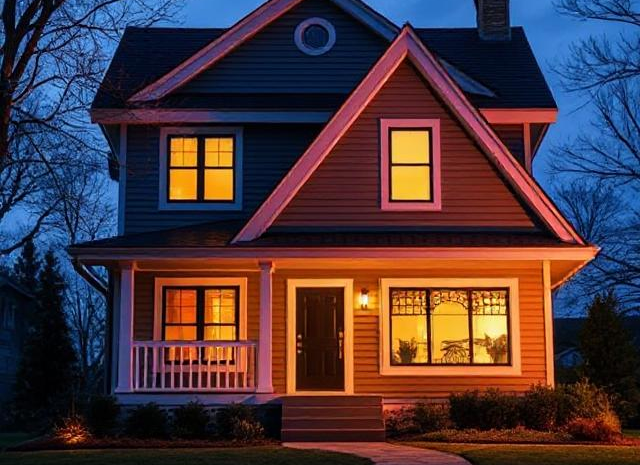
Understanding Home Insurance: What Every Homeowner Needs To Know
Home insurance is a vital part of protecting your property and belongings from unexpected events such as accidents, theft, fire, or natural disasters. However, understanding how home insurance works, the types of coverage available, and what your policy entails can be confusing. Here’s an in-depth guide on what every homeowner needs to know about home insurance to ensure they’re adequately protected.
What Is Home Insurance?
Home insurance is a policy that provides financial protection in the event of damage to your home or possessions due to specific perils. It typically covers the structure of your house, personal belongings, and liability for injuries or damage that occur on your property.
Types of Home Insurance Coverage
Structure of Your Home (Dwelling Coverage)
This covers the physical structure of your home, including the roof, walls, floors, and built-in appliances. It protects against damage from incidents like fire, windstorms, hail, vandalism, and certain natural disasters.
Personal Property Coverage
This protects your belongings inside your home, such as furniture, electronics, clothing, and other personal items, from risks like theft, fire, or vandalism.
Liability Coverage
This protects you if someone is injured on your property or if you or a family member accidentally cause damage to someone else’s property.
Additional Living Expenses (ALE) Coverage
If your home becomes uninhabitable due to a covered loss (like a fire or storm damage), ALE coverage will help pay for temporary living expenses, such as hotel bills, restaurant meals, and other additional costs you incur while your home is being repaired.
Other Structures Coverage
This covers structures on your property that are not attached to your main house, such as sheds, garages, fences, and guest houses. Damage to these structures from covered perils will be reimbursed.
Common Types of Home Insurance Policies
HO-1 (Basic Form)
The most basic type of home insurance policy that provides coverage for a limited list of perils, such as fire, lightning, and theft.
HO-2 (Broad Form)
Offers broader coverage than HO-1, covering incidents like fire, vandalism, theft, and damage from certain natural disasters.
HO-3 (Special Form)
The most common home insurance policy, covering your home and belongings against a broader range of risks, including fire, storm damage, and vandalism.
HO-4 (Renters Insurance)
Designed for renters. It provides coverage for personal property and liability but does not cover the structure of the rental property itself.
HO-5 (Comprehensive Form)
Provides the most extensive coverage, covering both your home and belongings on an open-peril basis, meaning it covers all risks unless specifically excluded by the policy.
HO-6 (Condo Insurance)
For condominium owners, this policy covers personal property, liability, and any improvements made to the condo unit itself.
HO-7 and HO-8
Designed for mobile homes (HO-7) and older homes (HO-8) that may not meet standard building codes.
Common Exclusions in Home Insurance Policies
Home insurance policies generally have exclusions, meaning certain events or situations aren’t covered. These can include flood damage, earthquake damage, maintenance issues, intentional damage, and sewer backups.
Determining the Right Coverage for Your Home
The amount of coverage you need depends on several factors, such as the value of your home and personal belongings, the location of your property, and the types of risks in your area. Make sure your dwelling coverage is based on your home’s replacement cost rather than its market value, as the market value includes the land, which isn’t covered.
Choosing a Deductible
A deductible is the amount you agree to pay out-of-pocket before your insurance coverage kicks in. Higher deductibles usually result in lower premiums, but it’s essential to choose a deductible you can afford in case you need to file a claim.
Discounts and Ways to Save on Home Insurance
Many insurers offer discounts for bundling policies, installing security systems, having a claims-free record, or staying with the same provider for several years.
Reviewing Your Policy Regularly
Your home insurance needs may change over time, so it’s important to review your policy regularly, especially when making significant home improvements, purchasing high-value items, or experiencing life changes.

